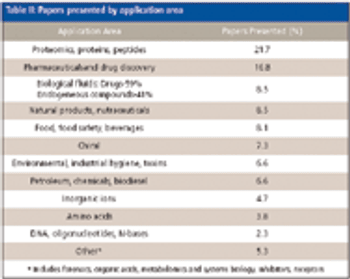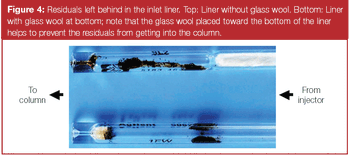
The Montreal Gazette published an article about the use of analytical techniques in the wine industry. The author discusses the difference between "natural" wines and "industrial" wines that are created with a certain taste profile in mind and with the assistance of gas chromatography.
















